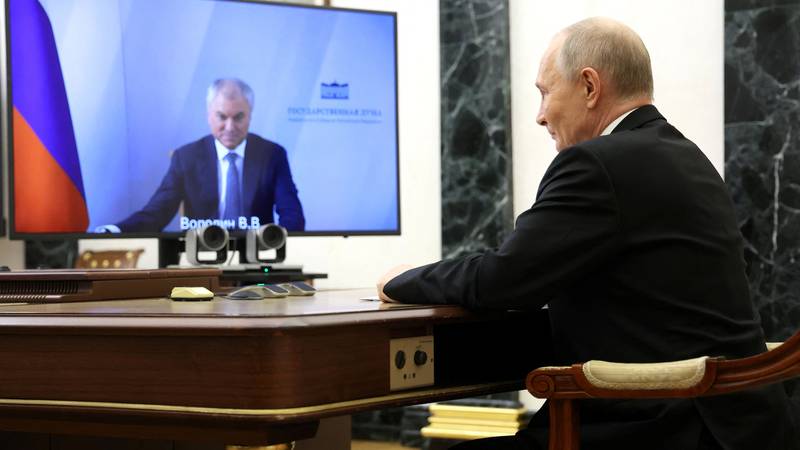The price of oil, near the minimum of the last four years

Oil prices on Monday registered a decrease of over 1%, approaching the lowest level in the last four years, against the background of increasing concerns about the impact of commercial rates imposed by the Trump administration on the global economy and, implicitly, on the energy demand.
According to Reuters, futures contracts for Brent Oil fell by $ 0.75 (1.14%), to $ 64.83/barrel, and those for West Texas (WTI) by $ 0.67 (1.08%), to $ 61.32/barrel. Both benchmarks are heading to the lowest level of closure in April 2021.
The trading session was marked by a high volatility. During the night, prices dropped by over $ 3 per barrel, but partially recovered Monday morning, climbing by more than 1 dollar, against some information that the United States would be willing to suspend the application of new rates (except for China). The information was later listed as « fake news » by the White House.
International reactions and pessimistic estimates
The new rates announced by President Donald Trump have caused immediate reactions in financial markets. The Washington leader said that « foreign governments will have to pay a lot » to eliminate taxes, fearing for a large trade war.
The European Trade Commissioner, Maros Sefcovic, said that the European Union will look for a negotiated solution: « Sooner or later, we will stay at the negotiations with the United States and we will find an acceptable compromise for both parties. »
In this context, the big banks have begun to decrease their forecasts for oil price. Goldman Sachs estimates a 45% probability for a US recession in the next 12 months. JPMorgan advances a 60% probability for a recession in both the United States and globally, while reading Morgan Stanley also reduced their estimates for Brent.
Saudi Arabia and Opec+ reacts
Another important element in the evolution of the price of crude oil is the decision of Saudi Arabia to significantly reduce prices for clients in Asia in May, lowering quotations to the lowest level of the last four months. « It is a clear proof that Saudi, like everyone else, expects the tariffs to affect the oil demand, » explained the analyst Tamas Varga from PVM.
In parallel, OPEC+ announced the expansion of production growth plans, intending to add 411,000 barrels a day on the market in May, compared to the 135,000 initially planned. Member States were urged to strictly respect the production quotas and to present concrete plans to correct any exceedances until April 15.
China responds with own rates
As a reaction to Washington’s commercial measures, China introduced new 34% rates for a number of American products, thus amplifying investors’ fears regarding the climbing of global economic tensions. President Trump warned that, in the absence of withdrawal of these rates until Tuesday, 50% additional taxes for imports from China will be applied.
Imports of oil, gases and refined products are not yet targeted by new tariff measures, but specialists warn that indirect effects – such as increasing inflation, slowing the economy and accentuating commercial uncertainty – could continue to exert pressure on the oil market in the next period.








